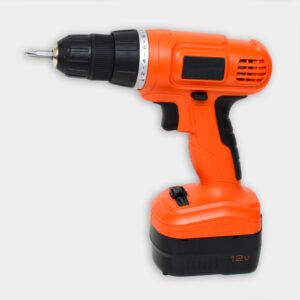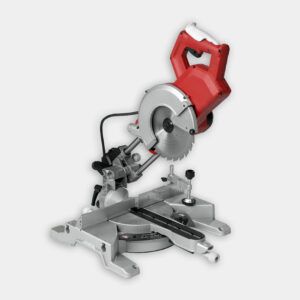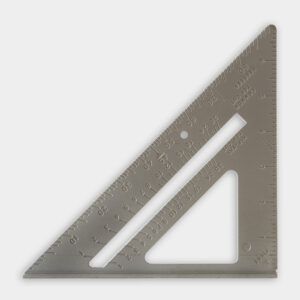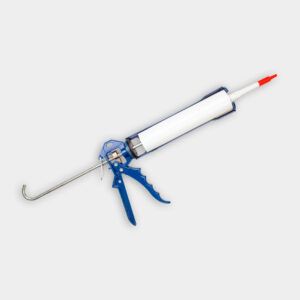Crown molding adds a touch of elegance to plain walls, and can make ordinary rooms something special. Cutting your own molding can be tricky, though, especially at the inside corners. Read the guide below to learn how to correctly cut crown molding at inside corners, and watch the video above for tips from This Old House’s Tom Silva.
Understanding Crown Molding Corners
Crown molding is not the same thing as baseboards. It sits at an angle between the wall and ceiling, so you need to make compound cuts to properly fit it.
Types of Crown Molding Corners
Below are the two main types of corners you’ll encounter when installing crown molding:
- Inside corners: These are the inward-facing corners at which two walls meet.
- Outside corners: These are the outward-facing corners at which two walls meet.
The Importance of Accurate Measurements
You must take accurate measurements so that your corners fit tightly. Even small mistakes can lead to gaps or misaligned pieces. Remember to measure twice and cut once.
Tools and Materials for Cutting Crown Molding
Gather the tools and materials below before you begin your project:
- 2-inch drywall screws
- Acrylic latex caulk
- Angle finder (bisecting adjustable square)
- Caulk gun
- Crown molding
- Drill/driver
- Layout square
- Miter saw
- Painter’s tape
- Plastic installation clips
Preparing for Crown Molding Installation
Properly preparing for installation will make the process much easier. If you want to stain or paint your molding, do it before you proceed with the rest of the project. Then follow the steps below.
- Calculate the amount of crown molding you need to cover the perimeter of the space.
- Allow the molding to adjust to your home’s temperature and humidity for at least 24 hours to prevent warping.
- Use a pencil to mark the ceiling and wall lines on which you’ll install the molding.
- Find and mark the position of wall studs to make sure the molding attaches correctly.
Cutting Crown Molding for Inside Corners
Now that everything is ready, you can begin to cut the molding for inside corners. Follow these steps:
- Secure the plastic installation clips to the wall using 2-inch drywall screws. Space them approximately 12 inches apart along your intended installation line.
- Attach small pieces of painter’s tape a few inches below each clip. These markers will help you to achieve proper alignment during installation.
- Use a large layout square to verify that the inside wall corners are square at 90 degrees. Older homes frequently feature corners that deviate from this measurement.
- If you have corners that don’t sit at 90 degrees, use a bisecting adjustable square to set the corner angles.
- Adjust the miter saw’s blade angle with the bisecting adjustable square to reflect the corner angle you’ve measured.
- Place the crown molding upside down against the saw fence, and align it so that it reflects the space it will occupy on the wall and ceiling.
- Make a compound-angle miter cut for the inside corner. Make sure you firmly position the molding against the fence and the base of the saw.
- Determine the wall’s length. Cut the molding piece and make another compound cut on the opposite end.
- Test the fitted piece in the corner and make sure it’s snug. Make necessary adjustments or refinements before proceeding to the final installation.
Installing Crown Molding With Plastic Clips
Once you’ve completed your cuts, you can install the crown molding using plastic clips. Follow the steps below.
- Hold the crown molding in place against the clips, and maintain alignment.
- Firmly tap the molding into the clips to prevent movement and gaps.
- To address adjoining lengths of molding, cut a miter angle for a tight fit, and apply a bead of acrylic latex caulk to any miter joints.
- Slide the adjoining pieces tightly and tap them into clips until they connect solidly.
- Use caulk to fill any minor gaps between the molding and surrounding surfaces.
Troubleshooting Common Issues With Crown Molding
Even if you properly plan and cut, you may still encounter some challenges. Read how to manage common issues below.
Gaps in Corners
You can fill small gaps with caulk. If the gaps are larger, you may need to recut the pieces or use filler material before caulking.
Uneven Walls or Ceilings
Walls and ceilings are frequently uneven in older homes. Use caulk to fill in any gaps, and scribe the molding to match uneven surfaces.
Splitting Wood
Prevent wood splitting by pre-drilling pilot holes before you insert nails. This is especially important when you’re working with hardwoods. This step protects your molding against damage.
Enhancing Your Crown Molding Installation
Incorporate decorative elements into your crown molding project to take it to the next level. Use laser levels or templates to handle complex angles. Consider creating layered molding profiles for depth.
Maintaining Your Crown Molding
Once you’re done installing the crown molding, set up a regular cleaning and dusting routine to keep your crown molding looking fresh. Touch up any caulk or paint as needed, especially in high-traffic areas.
Cutting and installing crown molding can be challenging, but the finished result is well worth the effort. By following the guide above and using Silva’s plastic clip method, you can get professional-looking corners that make a big impact in any room.





